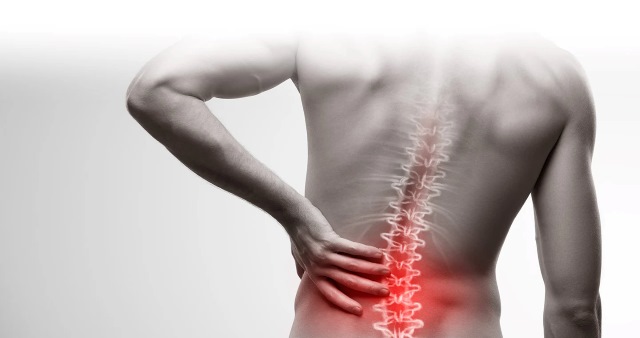Spondylosis: Understanding the Wear and Tear of Your Spine

Spondylosis, also known as osteoarthritis of the spine, is a degenerative condition characterized by the gradual wear and tear of the discs and joints in the spine. It’s a prevalent issue, affecting most individuals to some degree as they age. In fact, studies suggest that over 85% of individuals above 65 years old exhibit some form of spondylosis.
While spondylosis can affect any part of the spine, it’s most commonly found in the neck (cervical spine) and lower back (lumbar spine).
Understanding the Causes:
Several factors contribute to the development of spondylosis, including:
- Age: The natural aging process leads to the breakdown of cartilage and joint deterioration, increasing the risk of spondylosis.
- Genetics: Individuals with a family history of spondylosis are more likely to develop the condition themselves.
- Repetitive strain: Occupations or activities involving repetitive spinal movements can accelerate wear and tear on the discs and joints.
- Injury: Past injuries to the spine, such as whiplash or disc herniation, can weaken the structures and make them more susceptible to spondylosis over time.
Recognizing the Symptoms:
Symptoms of spondylosis vary depending on the location and severity of the affected area. However, some common manifestations include:
- Pain: Dull, aching pain in the neck or lower back is a typical symptom. The pain may worsen with certain movements or activities.
- Stiffness: Reduced flexibility and range of motion in the affected area are common. This can make it difficult to perform everyday activities.
- Numbness and tingling: Compression of nerves by bony outgrowths (osteophytes) can lead to numbness, tingling, and weakness in the extremities.
- Muscle weakness: Loss of muscle strength and coordination in the affected area may occur in severe cases.
Navigating Treatment Options:
Fortunately, most cases of spondylosis can be managed effectively with non-surgical approaches, including:
- Rest: Avoiding strenuous activities that aggravate the symptoms allows the body to rest and heal.
- Ice or heat therapy: Applying ice packs or heat therapy pads to the affected area can help manage pain and inflammation.
- Physical therapy: Specific exercises prescribed by a physical therapist can improve flexibility, strengthen muscles, and promote healing.
- Pain medication: Over-the-counter pain relievers and, in some cases, prescription medications can help manage pain symptoms.
In rare instances, when severe nerve compression or instability occurs, surgery may be necessary to alleviate symptoms and prevent further damage.
Living with Spondylosis:
While spondylosis is a chronic condition, it doesn’t have to significantly impact your quality of life. By adopting healthy lifestyle habits, such as maintaining a healthy weight, engaging in regular physical activity, and practicing good posture, you can manage symptoms and prevent the progression of the condition.
Here are some additional tips for living well with spondylosis:
- Maintain a healthy weight: Excess weight puts additional strain on the spine and can worsen symptoms.
- Stay active: Regular exercise, even low-impact activities like walking or swimming, can improve flexibility, strengthen muscles, and reduce pain.
- Practice good posture: Maintaining proper posture while sitting, standing, and lifting weights can help protect your spine and prevent further degeneration.
- Manage stress: Stress can exacerbate pain symptoms. Incorporating relaxation techniques like yoga or meditation into your routine can be beneficial.
- Seek support: Connect with support groups or online communities for individuals with spondylosis. Sharing experiences and learning from others can be helpful in managing the condition.
Remember, early diagnosis and proper management are key to controlling spondylosis and living a pain-free, active life. If you experience any persistent back or neck pain, consult your doctor for a thorough evaluation and personalized treatment plan.




